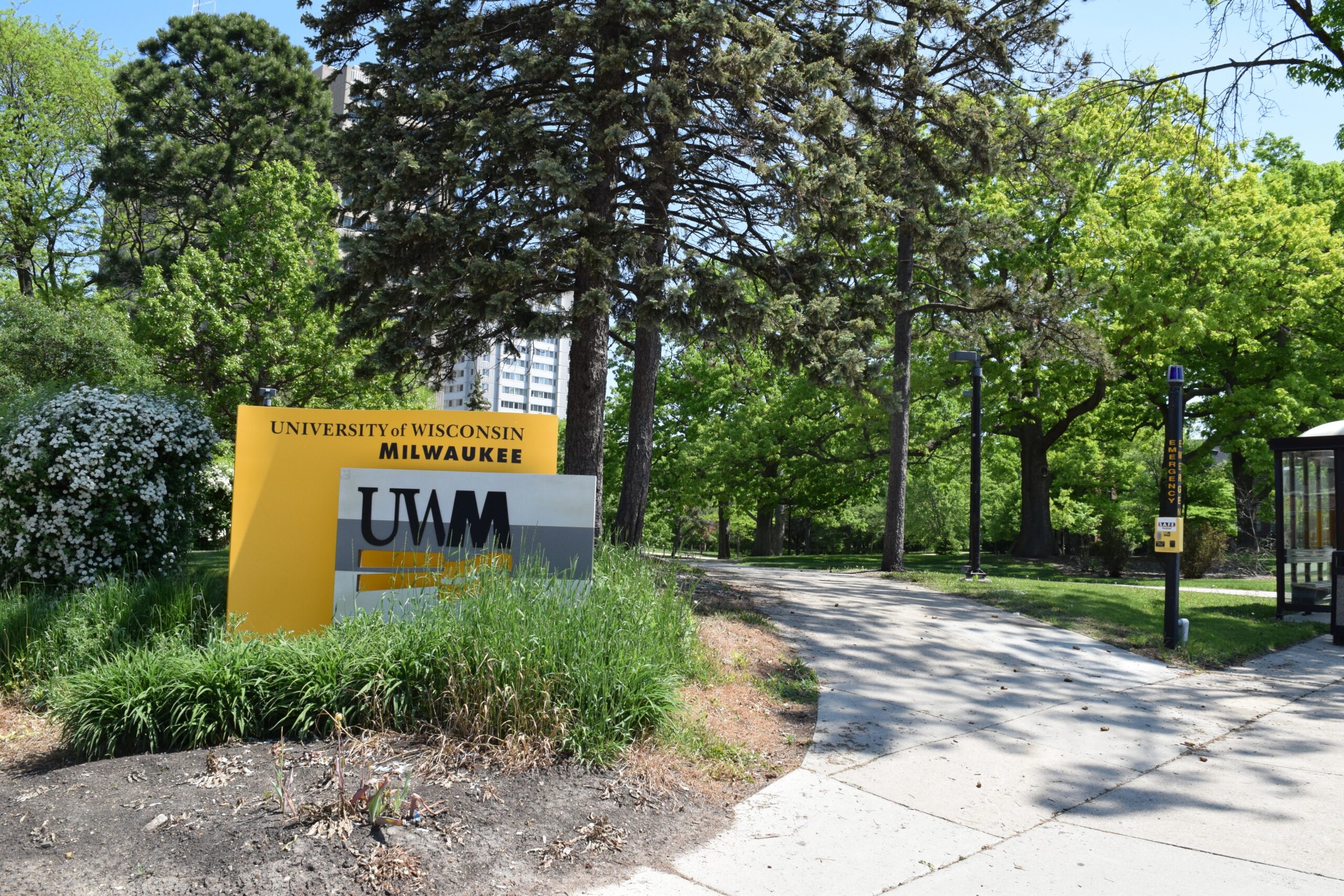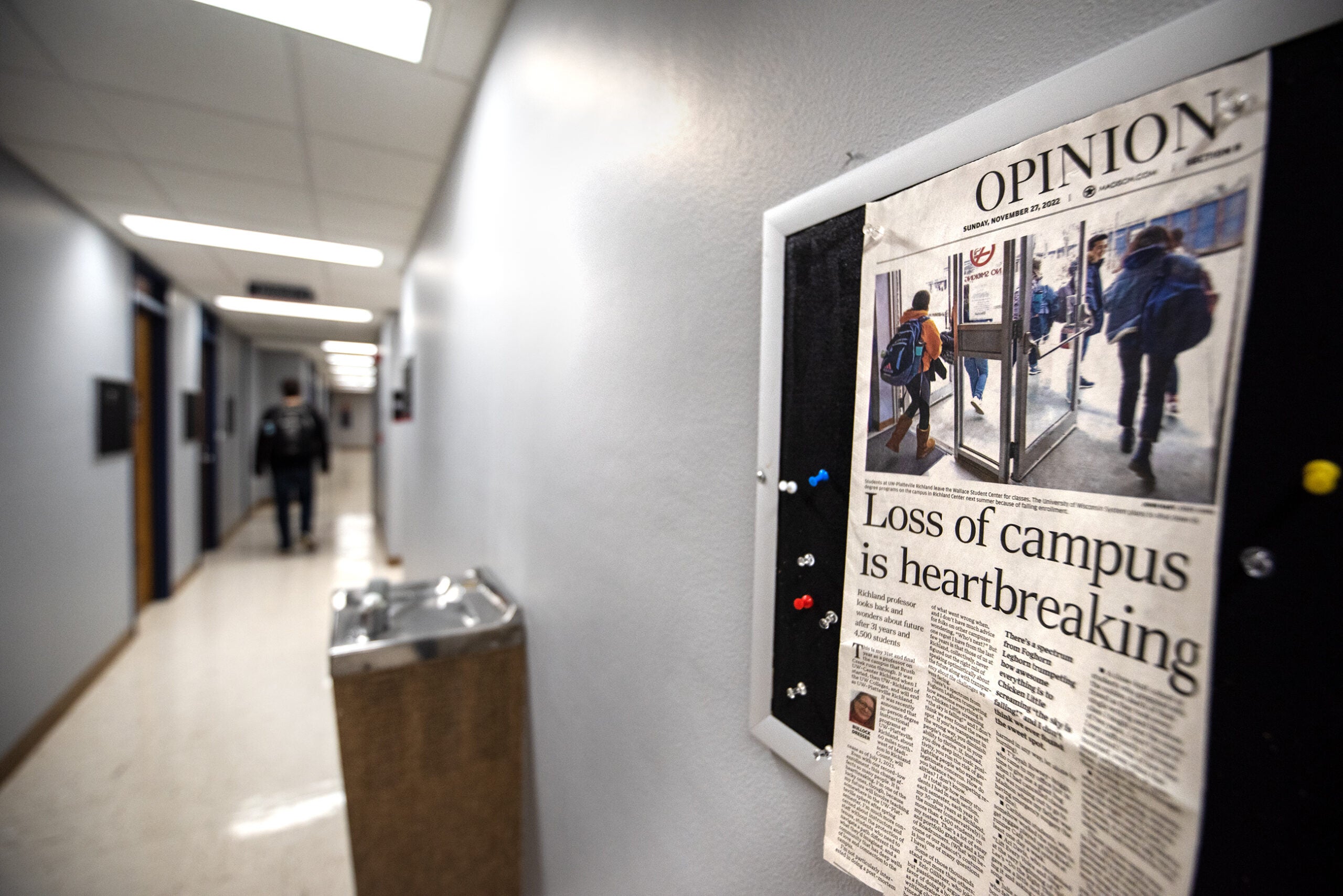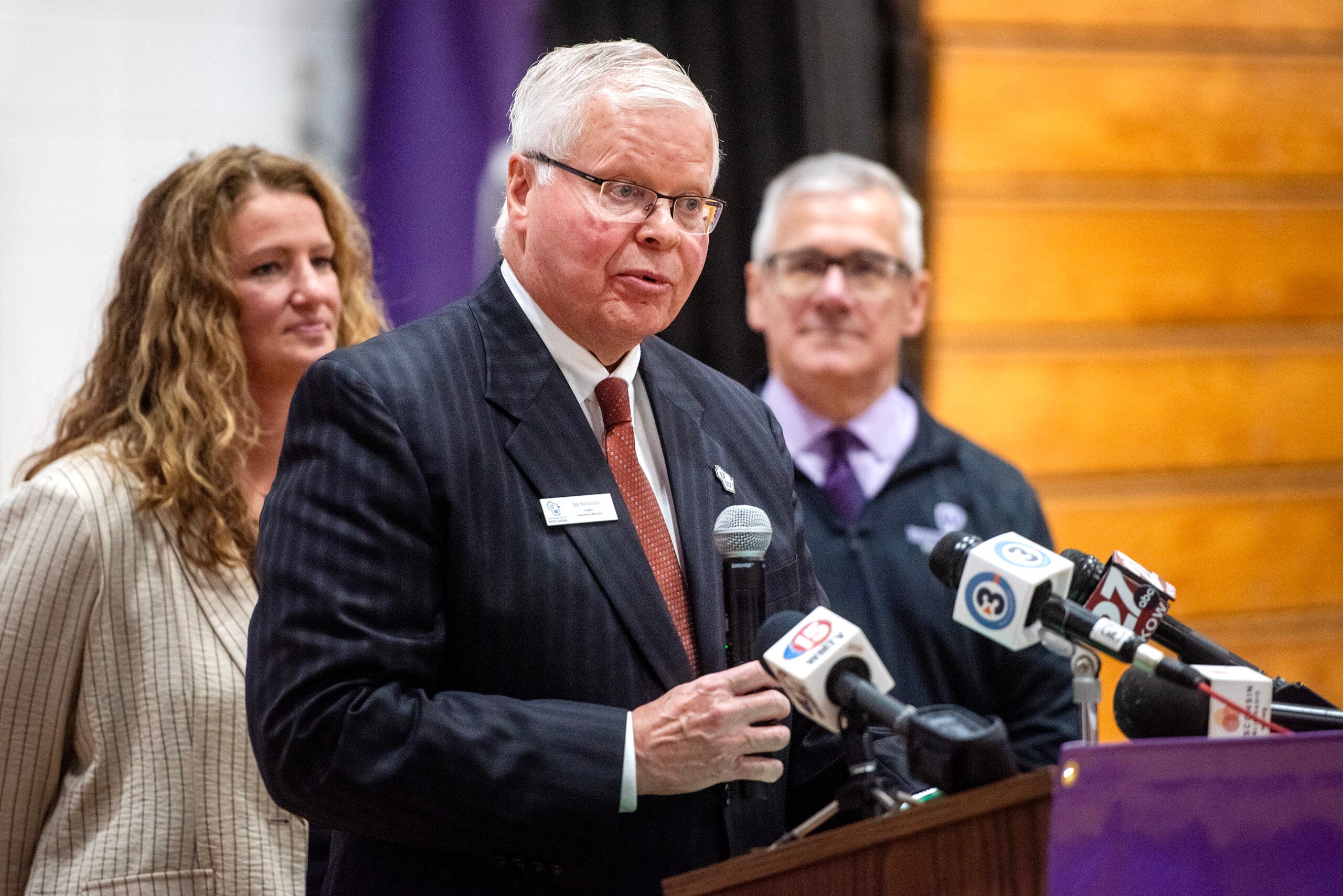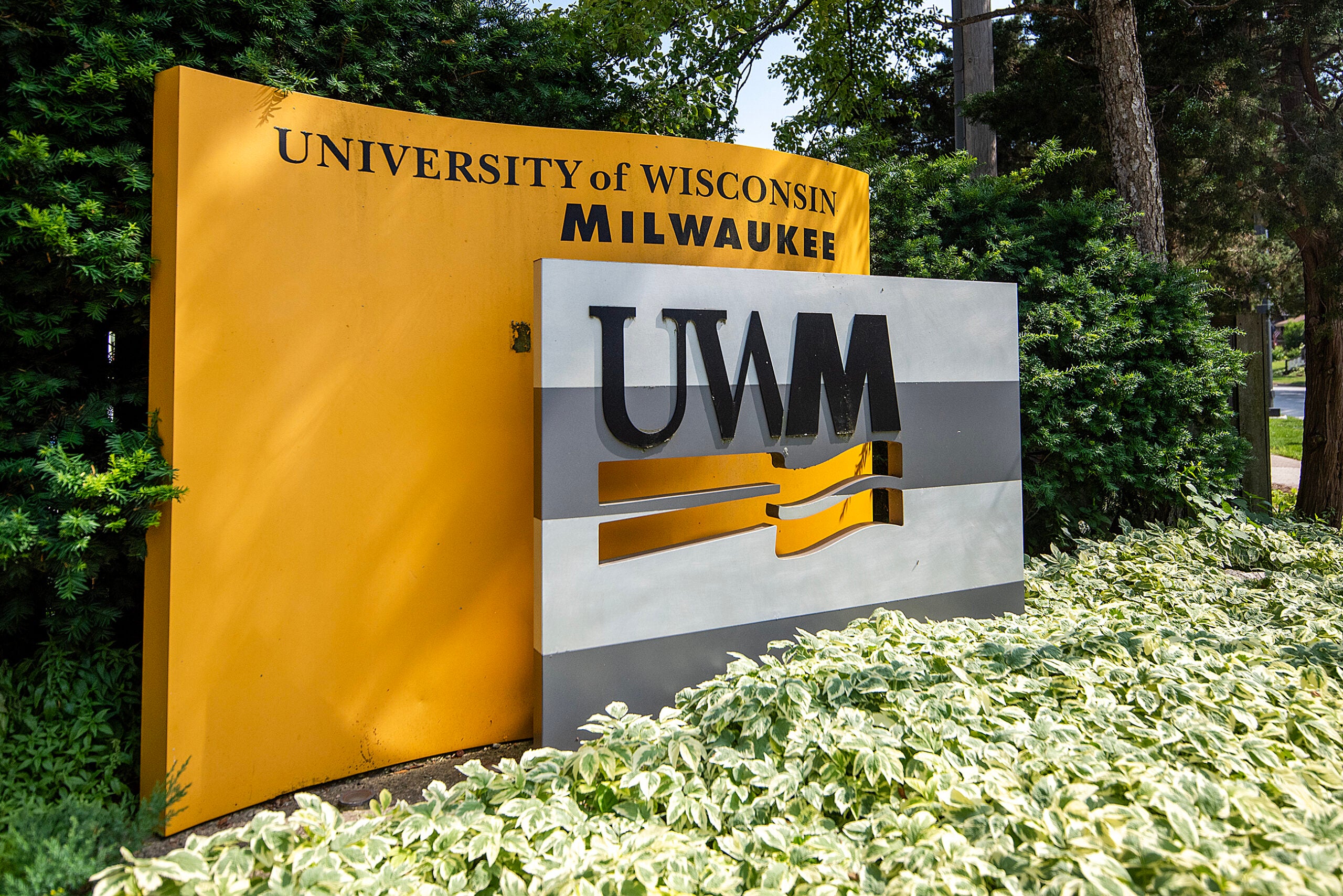Taxpayer and tuition funding for the University of Wisconsin-Milwaukee ranks second to last among a group of 14 peer institutions across the United States, according to a new report from the non-partisan Wisconsin Policy Forum.
UW-Milwaukee is the state’s second largest university and has the most Black, Latino and southeast Asian students of any UW System campus. In 2016, it became the second UW school to receive an “R1” research designation by the Carnegie Classification of Institutions of Higher Education.
Despite the achievements of the university, the Policy Forum report notes that when compared with a list of similar research institutions around the country, UW-Milwaukee trails in terms of state support through tuition and what is known as general purpose revenue.
News with a little more humanity
WPR’s “Wisconsin Today” newsletter keeps you connected to the state you love without feeling overwhelmed. No paywall. No agenda. No corporate filter.
The report shows that in 2019, UW-Milwaukee received $5,229 in state support for each student, which was the third lowest among 14 similar schools and nearly 28 percent lower than the average for that group.
Due to an eight-year freeze on undergraduate tuition increases mandated by state lawmakers, UW-Milwaukee saw revenues from student tuition and fees increase by 3.8 percent between 2013 and 2019. That’s the smallest increase of any of the 14 peer institutions except Georgia State University.
In addition to the freeze on tuition increases, the report shows that UW-Milwaukee’s enrollment fell by 6.4 percent between 2013 and 2019 while peer institutions, on average, saw enrollment grow by an average of 3.6 percent. The report states that enrollment trends for the campus are a “steep challenge for the institution for years to come, but it is critical to stem the losses and begin to rebuild.”
“UWM must embrace and better educate a wide range of students, from nontraditional learners who may need skills but not a degree to those who are already present on campus but facing obstacles to graduation,” said the report. “Much of UWM’s task comes down to better serving students of color and those with low incomes.”
Efforts to increase diversity of the student population and boost enrollment include a partnership with Milwaukee Public Schools and the Milwaukee Area Technical College aimed at preparing high school students for college by ensuring they fill out Free Applications for Federal Student Aid (FAFSA) according to the report.
Jason Stein is a research director with the Wisconsin Policy Forum. He told WPR decreasing enrollment, frozen tuition and lagging state support poses a challenge for UW-Milwaukee to maintain recruitment and retention efforts.
“It’s true that one of the common denominators of those things is that they tend to require somebody to put in work, you know, with the students and on behalf of the students, and that does cost money,” said Stein.
Stein said universities have more flexibility to use general purpose and tuition revenues for things like scholarships or retention efforts and UW-Milwaukee can’t easily use other funding sources to replace them.
UW-Milwaukee chancellor Mark Mone told WPR that he’s proud of the campus’ ability to increase recruitment, retention and graduation rates for students of color over the past decade and receive the R1 research designation in the face of state budget cuts and declining tuition revenues. But he said the Policy Forum report highlights the significant financial challenges.
“We are absolutely in peril,” said Mone.
Mone said the university has rapidly increased private fundraising to pay for student scholarships for underserved populations and collaborative efforts like the Moon Shot for Equity. But he said additional, targeted state support is needed. In particular, Mone said he was disappointed to see Republican state lawmakers remove the UW System Promise Program, which would have provided four years of free tuition for Wisconsin students from families making $60,000 or less per year, from the state budget proposed by Gov. Tony Evers.
“That would have been a game changer for us,” said Mone. “And we look at other states where you see those gaps closing and you actually have states that are more munificent, states that have invested.”
The Wisconsin Policy Forum Report offers a list of options for state lawmakers and university administrators that include targeting state funding increases for UW-Milwaukee or state financial aid programs, increasing tuition, expanding online degree options and supporting students of color and low-income students more effectively, and finding ways to cut costs by streamlining university operations.
Wisconsin Public Radio, © Copyright 2025, Board of Regents of the University of Wisconsin System and Wisconsin Educational Communications Board.







